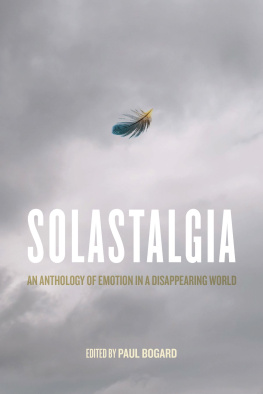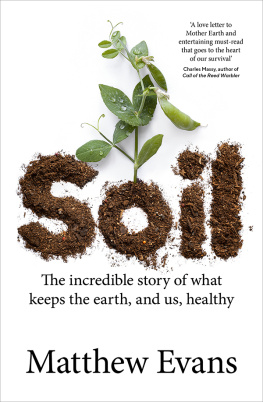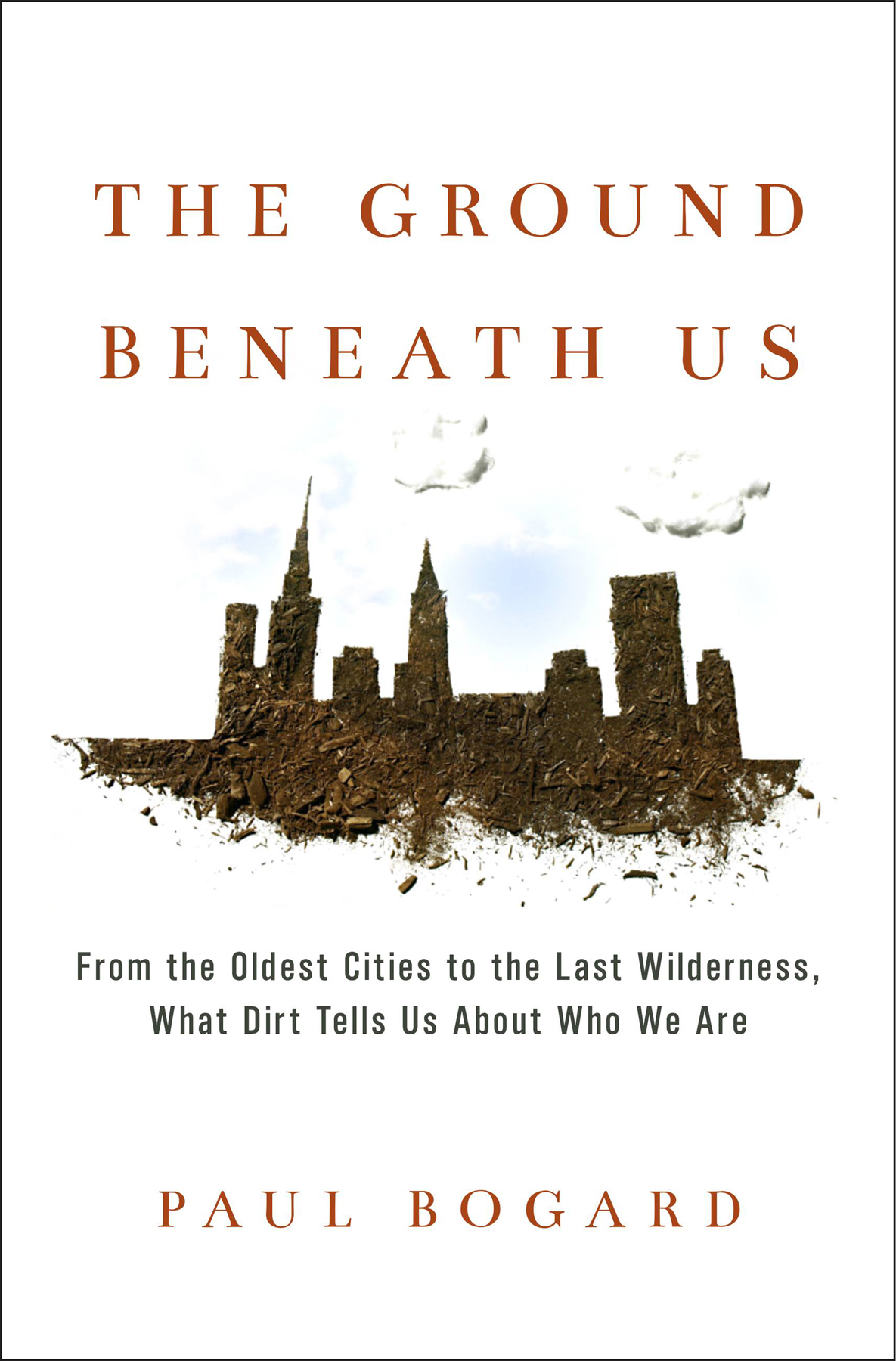Paul Bogard - The Ground Beneath Us: From the Oldest Cities to the Last Wilderness, What Dirt Tells Us About Who We Are
Here you can read online Paul Bogard - The Ground Beneath Us: From the Oldest Cities to the Last Wilderness, What Dirt Tells Us About Who We Are full text of the book (entire story) in english for free. Download pdf and epub, get meaning, cover and reviews about this ebook. year: 2017, publisher: Little, Brown and Company, genre: Romance novel. Description of the work, (preface) as well as reviews are available. Best literature library LitArk.com created for fans of good reading and offers a wide selection of genres:
Romance novel
Science fiction
Adventure
Detective
Science
History
Home and family
Prose
Art
Politics
Computer
Non-fiction
Religion
Business
Children
Humor
Choose a favorite category and find really read worthwhile books. Enjoy immersion in the world of imagination, feel the emotions of the characters or learn something new for yourself, make an fascinating discovery.

- Book:The Ground Beneath Us: From the Oldest Cities to the Last Wilderness, What Dirt Tells Us About Who We Are
- Author:
- Publisher:Little, Brown and Company
- Genre:
- Year:2017
- Rating:3 / 5
- Favourites:Add to favourites
- Your mark:
The Ground Beneath Us: From the Oldest Cities to the Last Wilderness, What Dirt Tells Us About Who We Are: summary, description and annotation
We offer to read an annotation, description, summary or preface (depends on what the author of the book "The Ground Beneath Us: From the Oldest Cities to the Last Wilderness, What Dirt Tells Us About Who We Are" wrote himself). If you haven't found the necessary information about the book — write in the comments, we will try to find it.
When a teaspoon of soil contains millions of species, and when we pave over the earth on a daily basis, what does that mean for our future? What is the risk to our food supply, the planets wildlife, the soil on which every life-form depends? How much undeveloped, untrodden ground do we even have left?
Paul Bogard set out to answer these questions in The Ground Beneath Us, and what he discovered is astounding.
From New York (where more than 118,000,000 tons of human development rest on top of Manhattan Island) to Mexico City (which sinks inches each year into the Aztec ruins beneath it), Bogard shows us the weight of our cities footprints. And as we see hallowed ground coughing up bullets at a Civil War battlefield; long-hidden remains emerging from below the sites of concentration camps; the dangerous, alluring power of fracking; the fragility of the giant redwoods, our planets oldest living things; the surprises hidden under a Major League ballparks grass; and the sublime beauty of our few remaining wildest places, one truth becomes blazingly clear: The ground is the easiest resource to forget, and the last we should.
Bogards The Ground Beneath Us is deeply transporting reading that introduces farmers, geologists, ecologists, cartographers, and others in a quest to understand the importance of something too many of us take for granted: dirt. From growth and life to death and loss, and from the subsurface technologies that run our cities to the dwindling number of idyllic Edens that remain, this is the fascinating story of the ground beneath our feet.
Paul Bogard: author's other books
Who wrote The Ground Beneath Us: From the Oldest Cities to the Last Wilderness, What Dirt Tells Us About Who We Are? Find out the surname, the name of the author of the book and a list of all author's works by series.





